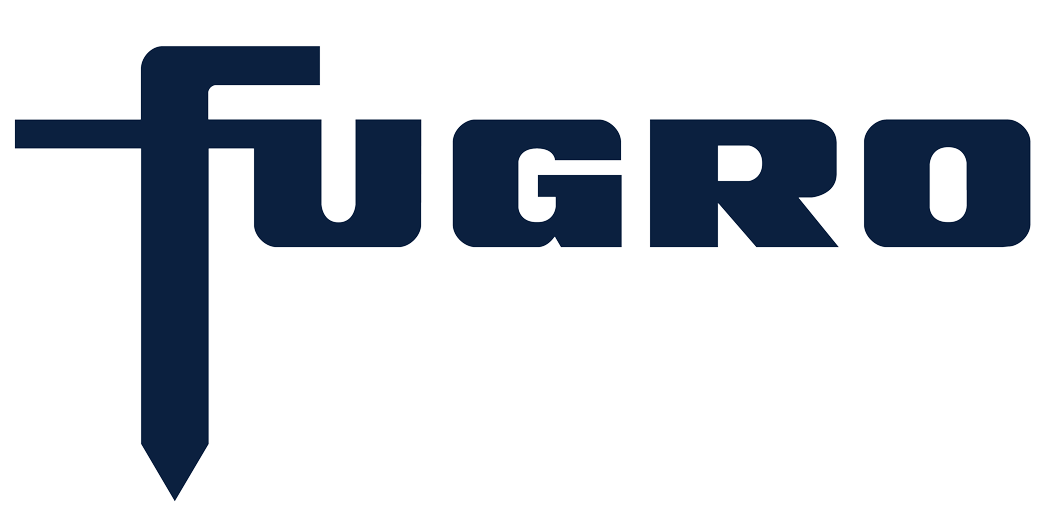EXTENSE
Development of a measuring system (multisensor platform) for detection and localisation of objects (cables, ammunition and deep-sea mining) in sediments.
| Duration: | 01.10.2018 - 30.09.2023 |
| Project Leader: | Prof. Dr.-Ing. Horst Hellbrück |
| Staff: | Sven Ole Schmidt M.Sc., Dipl.-Ing. Fabian John, former: Dipl.-Ing. Andreas Schuldei, Dipl.-Ing.Gunther Ardelt, Dr.-Ing. Tim Suthau |
Background & Objective

In the joint project EXTENSE, a measurement system (multi-sensor platform) for the detection and location of objects (cables, munitions and deep-sea mining) in sediments is being developed under the leadership of Sea & Sun Technology GmbH together with J&C Bachmann GmbH, Lübeck University of Technology and the associated partner Fugro Germany Marine GmbH.
The coordinator Sea & Sun Technology GmbH is responsible for the system development of the measurement system and for the video control unit (subproject SYSOCU). The partner J&C Bachmann GmbH is developing a probe to measure the temporal neutron decay spectrum as well as the prompt gamma radiation of a pulsed neutron source (subproject INN). Lübeck University of Applied Sciences, Competence Center CoSA, designs an electrical impedance tomography (EIT) sensor including imaging and develops the sensor fusion of the overall system (subproject FUSEIT).
By given laws, maritime high voltage cables have to be buried with a distance of at least one meter to the sediment edge, otherwise the impact of the cable on the environment would be too large. Compared to the state of the art, the goal is not only to locate objects and materials in the seafloor more precisely, but also to identify them better. This is achieved by sensor fusion in combination with sonar technology and positioning to reliably and accurately locate man-made infrastructure such as subsea cables and pipelines. Through a new user-friendly operator interface, which significantly includes imaging and mechanical integration, the system supports the operator through implemented expert knowledge.
Approach

EXTENSE | Structure of the multi-sensor platform
The real-time capable multi-sensor platform is operated from the ship. The sensors are located underwater and are powered by an underwater telemetry unit and are connected to the ship using Ethernet as the communication unit. The figure shows a sketch of the multisensor platform.
The altimeters are used to determine the distance to the seafloor and thus the current orientation of the multisensor platform. With the help of the ultrasound system, conductive bodies in the sediment are detected via an AI solution. The electrical impedance tomography (EIT) array measures an artificially created current flow in the water and identifies anomalies originating from conductive bodies such as high-voltage cables or large metallic objects. The method of operation is shown graphically in the video below. The magnetometers sense the magnetic field induced by the high-voltage cables. The INN from project partner J&C Bachmann GmbH provides a display of the spectrum of the environment, whereas the OCU from consortium leader Sea & Sun Technology provides live optical video transmission. The sensor measurements are transmitted on board via an MQTT system and evaluated there individually and subsequently in the sense of a sensor fusion in the network.
EXTENSE | Electrical Impedance Tomography Approach for Object Detection
Publications
| Evaluation of 3-dimensional Electrical Impedance Tomography-Arrays for Underwater Object Detection (PDF - Authors Manuscript) Sven Ole Schmidt and Fabian John and Horst Hellbrück OCEANS Conference 2022 - Chennai, 1--6, 2022. |
| Spectral Ultrasonic Underwater Buried Object Detection and Localization (PDF - Authors Manuscript) Fabian John and Sven Ole Schmidt and Horst Hellbrück OCEANS Conference 2022 - Chennai, 1--7, 2022. |
| Effect of Object Diameter Specific Reflections to Underwater Ultrasonic Multipath Diffraction Measurements Hauke Petersen and Fabian John and Horst Hellbrück Student Conference on Medical Engineering Science, 2022. |
| Feature Identifier for Underwater Ultrasonic Multipath Diffraction Model Garrett Mulkerin and Fabian John and Horst Hellbrück Student Conference on Medical Engineering Science, 2022. |
| Underwater Ultrasonic Multipath Diffraction Model for Short Range Communication and Sensing Applications with Reflector Lukas Paul Schön and Fabian John and Horst Hellbrück Student Conference on Medical Engineering Science, 2022. |
| Flexible Arbitrary Signal Generation and Acquisition System for Compact Underwater Measurement Systems and Data Fusion (PDF - Authors Manuscript) Fabian John and Sven Ole Schmidt and Horst Hellbrück Global Oceans 2021: San Diego - Porto, 1-6, 2021. |
| High Precision Open Laboratory 3D Positioning System for Automated Underwater Measurements (PDF - Authors Manuscript) Fabian John and Sven Ole Schmidt and Horst Hellbrück Global Oceans 2021: San Diego - Porto, 1-5, 2021. |
| Underwater Ultrasonic Multipath Diffraction Model for Short Range Communication and Sensing Applications Fabian John and Marco Cimdins and Horst Hellbrück IEEE Sensors Journal 21, 20, 22934-22943, 2021. |
| Gigahertz Ground Penetrating Radar (GPR) for Sediment Exploration Elsner, Christian and Fabian John and Hellbrück, Horst 2021. |
| Object Localization in Seawater via Electrical Impedance Measurements Lindenberg, Arthur-Vincent and Ardelt, Gunther and Fabian John and Hellbrück, Horst 2021. |
| Differential Ultrasonic Detection of Small Objects for Underwater Applications (PDF - Authors Manuscript) Fabian John and Roman Kusche and Felix Adam and Horst Hellbrück Global Oceans 2020: Singapore – U.S. Gulf Coast, 1-7, 2020. |
| Development of an Electro Impedance Tomography-based Platform for Measurement of burial Depth of Cables in Subsea Sediments Andreas Schuldei and Fabian John and Gunther Ardelt and Tim Suthau and Horst Hellbrück Oceans 2019, 2019. |
Project partner | Founded by | |
| Bundesministerium für Wirtschaft und Klimaschutz
| |
| ||
|





